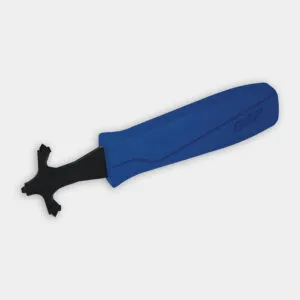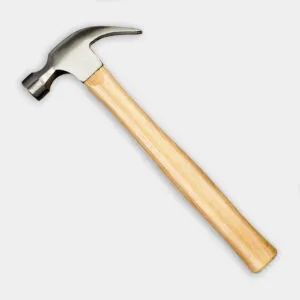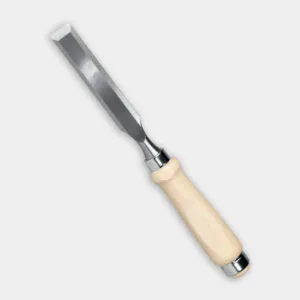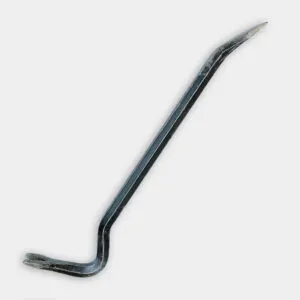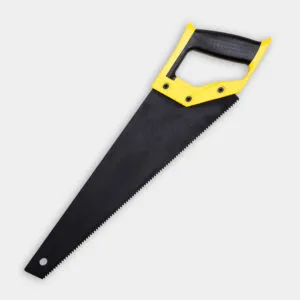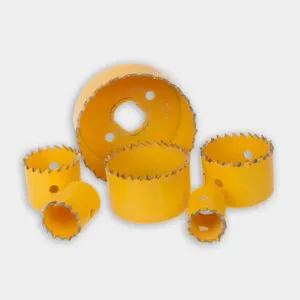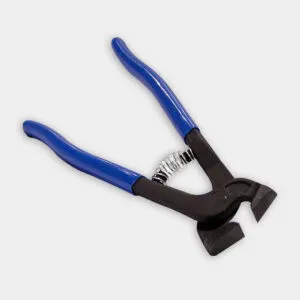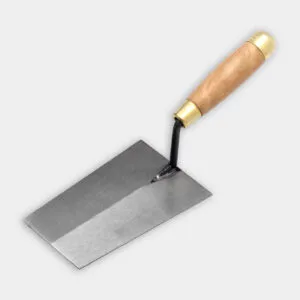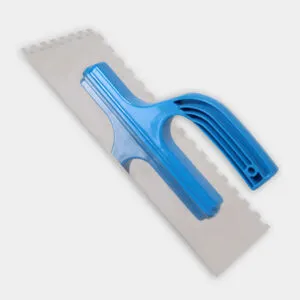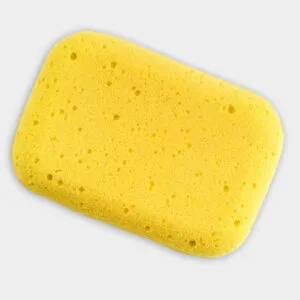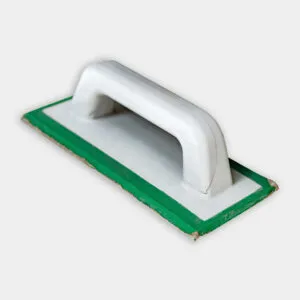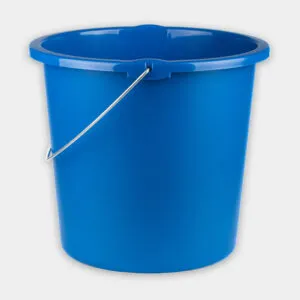Project details
Skill
Cost
Estimated Time
A leaky shower valve can cause water damage and raise your utility bills. Fortunately, most homeowners can fix it with the right tools and knowledge. In the above video, This Old House plumbing and heating expert Richard Trethewey and tile expert Joe Ferrante show how to repair a leaky shower valve. Our guide below lists the materials needed and step-by-step instructions.
Common Causes of a Leaky Shower Valve
Start by identifying the source of the leak. In many cases, the issue stems from a faulty shower valve or poor installation. Here are some common causes of shower valve leaks.
Damaged or Corroded Valve Components
The internal parts of a shower valve, such as the stem, cartridge, or mixing valve, can become damaged or corroded due to hard water, mineral buildup, or normal wear and tear. Corrosion can eat away at metal components, while mineral deposits can interfere with the proper functioning of moving parts. This damage can prevent the valve from fully closing or sealing, resulting in constant drips or more significant leaks.
Improperly Installed Valve
If the shower valve wasn’t installed correctly, it can lead to leaks. Common installation errors include using the wrong type of sealant, overtightening or under-tightening connections, or failing to properly align the valve with the shower controls. These mistakes can cause immediate leaks or problems that develop over time as the improperly installed valve sees regular use.
Loose Connections
Vibrations from water flow and temperature changes can gradually loosen the connections between the valve and the pipes. This can occur at the threaded joints or where the valve body meets the water supply lines. Loose connections may start as small drips but can worsen over time, potentially causing water damage behind the tile wall if left unaddressed.
Worn-Out Gaskets or Seals
Over time, the rubber gaskets and seals within the shower valve can deteriorate due to constant exposure to water, minerals, and temperature fluctuations. This wear and tear can cause these components to shrink, harden, or crack, leading to leaks. Regular use of the shower valve can accelerate this process, making it a common issue in older homes or frequently used bathrooms.
Preparing for the Shower Valve Repair
Once you’ve identified the source of the leak, gather the tools and materials you’ll need for your repair.
Tools and Materials Needed
- Carbide-tipped scoring tool
- Drill with carbide-grit hole saw
- Grout
- Hammer and cold chisel
- Plumber’s putty
- Replacement tiles (if necessary)
- Thin-set mortar
- Tile nippers
- Utility knife
Tools
Safety Precautions
Safety is paramount when working on home repairs, especially those involving plumbing and tiling. Follow these precautions:
- Turn off the water supply to the shower.
- Wear safety goggles and gloves.
- Use caution when handling sharp tools and broken tiles.
Accessing the Shower Valve
The first step in repairing a shower valve is gaining access to it. This often involves removing tiles around the valve.
Removing Tiles
Here’s how to remove the tiles:
- Score the grout around the tiles to be removed using a utility knife.
- Cut through the tile glaze with a carbide-tipped scoring tool.
- Carefully remove the scored tiles using a hammer and cold chisel.
Inspecting the Valve
Once you remove the tiles, inspect the valve and surrounding area for signs of damage, worn-out components, or loose connections. In the video, Trethewey points out water marks on the cement board, indicating water had been seeping behind the tiles.
Repairing the Shower Valve
With the valve exposed, you can now address the root cause of the leak.
Securing the Valve
If the valve is loose, it may need to be secured to prevent future leaks. Trethewey and Ferrante demonstrate this method for securing the valve:
- Cut and install 2-by-3 cleats to the wall studs above and below the valve.
- Use copper pipe clips to fasten the valve’s water-supply pipes to the cleats securely.
Replacing Gaskets and Seals
Worn gaskets or seals are often the culprits in leaky shower valves. Replacing these components is usually straightforward but requires attention to detail to create a tight seal.
To replace shower valve gaskets and seals, extract the valve stem or cartridge, then remove and replace all old gaskets and seals with new ones, ensuring proper placement. Apply plumber’s grease to new rubber parts, then carefully reinstall the valve stem or cartridge. Turn the water back on to check for leaks before replacing the tile.
Addressing Plumbing Issues
Address any loose connections or damaged pipes before proceeding with the tile work. Make sure all parts are properly aligned and secure, and replace any damaged pipes or components. If you find extensive pipe damage or corrosion, consult a professional plumber.
Replacing the Shower Tile
Once the valve is repaired and secured, you can replace the removed tiles. Do this step carefully to achieve a seamless, polished look that matches the existing tile work.
Preparing the New Tile
Prep the new tile by doing the following steps:
- Mark the center of the shower valve onto the new tile.
- Drill a hole for the valve through the tile using a carbide-grit hole saw.
- If necessary, enlarge and elongate the hole with tile nippers.
Installing the New Tile
Next, install the new tile as follows:
- Apply thin-set mortar to the back of the new tile and the wall.
- Press the tile firmly into place, keeping it level with the surrounding tiles.
- Allow the mortar to cure according to its package instructions.
Grouting
Grouting makes sure your tiles are fully integrated. Here’s how to do it:
- Once the mortar has cured, fill the joints around the tile with grout.
- Use a rubber float to press the grout into the joints.
- Clean excess grout from the tile surface with a damp sponge.
Finishing Touches
The final steps create a watertight seal and professional-looking finish. Proper sealing and caulking can extend the life of your repair and prevent future leaks.
Sealing the Valve
A good seal is key to preventing water damage. First, apply a thick bead of plumber’s putty to the rear of the shower valve’s escutcheon plate. Then, screw the plate to the valve, creating a watertight seal.
Caulking
Apply a bead of silicone caulk around the edges of the new tile and where the tile meets the shower valve to prevent water infiltration.
Addressing Common Shower Valve Concerns
You may be apprehensive about repairing a shower valve, especially when it involves working with tile. Below are common concerns and solutions:
- Adhering new tiles: Check that the thin-set mortar is correctly mixed and applied evenly to prevent tile adhesion issues.
- Matching the tile: Finding replacement tiles that perfectly match the existing tiles can be challenging. If possible, it’s worth keeping spare tiles from the original installation.
- Proper sealing: Water infiltration is a frequent problem, which you can prevent by applying plumber’s putty and silicone caulk.
- Time investment: Repairing a shower valve can take a few hours to a day, depending on the complexity of the issue. Hire a professional if you don’t have the time to dedicate to the repair.
Preventing Future Valve Leaks
Taking preventive measures can help avoid future shower valve issues.
Quality Installation
Have qualified professionals perform any future bathroom renovations or plumbing work to minimize the risk of improper installation. An incorrectly installed shower valve will leak sooner.
Regular Maintenance
Routine care extends the life of your shower valve and prevents leaks. Follow these best practices:
- Cleaning: Clean the shower valve regularly to prevent mineral buildup. Remove the shower valve and soak it in diluted vinegar. Scrub it to remove mineral deposits, then reassemble.
- Inspections: Inspect the shower valve and surrounding area periodically for signs of leaks. Look for drips around the shower handle, unusual sounds such as hissing or whistling, and water stains, discoloration, or mold growth on nearby walls and floors.
- Repairs: Address any issues promptly to prevent minor problems from becoming major repairs. Replace worn-out components and tighten loose connections when you notice them.
Our Conclusion
Many homeowners find repairing a shower valve in a tile wall a manageable DIY project. With the right tools, careful preparation, and attention to detail, you can fix leaks and prevent water damage. Address any plumbing issues before replacing tiles, and prioritize creating a watertight seal for long-lasting results.

